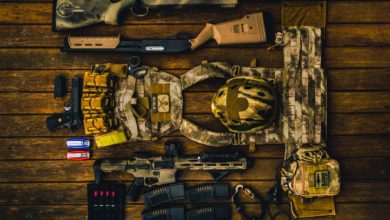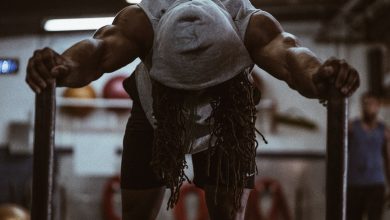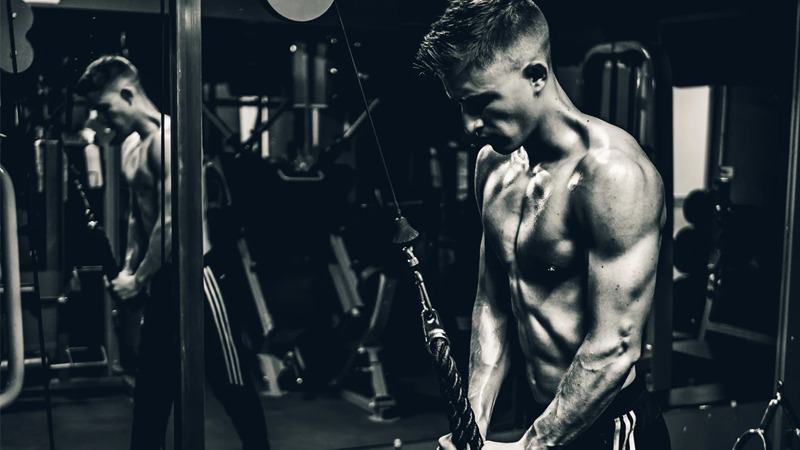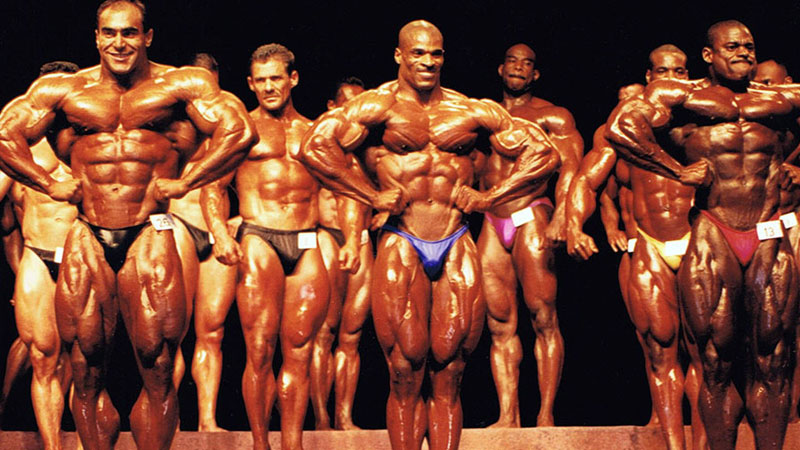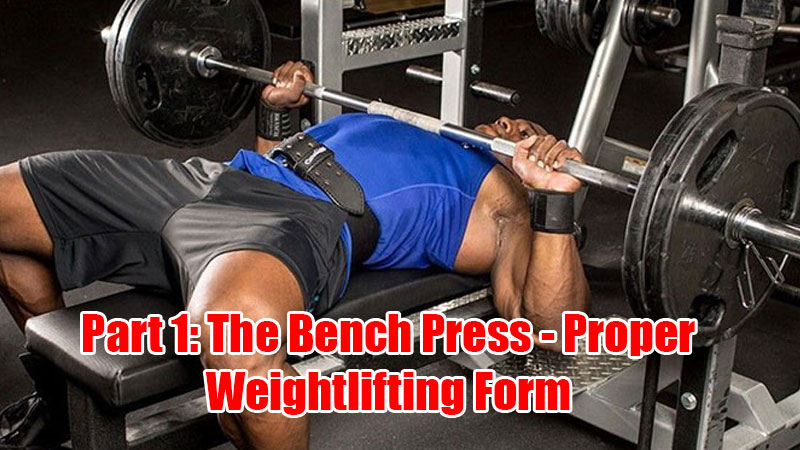
In this detailed guide we’ll break down the science of proper weightlifting form for the bench press.
The ‘big three’ lifts are more than just great muscle builders – they’re tests of strength, resilience and masculinity. You can’t be strong and successful without solid form and tight technique.
And with the bench press being the only upper body big lift, it’s important that you nail the technique for good upper body strength and development.
If you’re not sure whether your compounds are tight, you need to read this article.
It’s time to ditch the weak links in your form and transform you from a loose-ass form noob to a pro bro in no time…
And don’t forget to check out our guides to squatting and deadlifting to ramp up your big three lifts.
Compound Lifts – Maximum Strength and Mass
Bicep curls are pretty cool.
Triceps extensions give you a great pump.
But for strength-building, manly-as-f*ck lifts, nothing comes close to the bench press. When was the last time someone asked you “what’s your leg extension bro?”.
Isolation exercises are useful tools for bodybuilders. They help to build mass, symmetry and iron out any pre-show kinks in your musculature.
But it’s compound exercises – ones that involve more than one joint motion – that take your physique to the next stratosphere.
Benefits of the big compound lifts
There are a huge number of benefits to sliding the bench press into your program.
Here are the main benefits you need to know about compound exercises in general:
- Increase strength – compound lifts prime your nervous system and boost force production and power output.
- Time-efficient – compounds are a great way of hitting all major muscles in a short space of time.
- Maximum calorie burn – more muscles means higher energy expenditure
- Cardio effect – because they’re so tough and require so much muscular work your heart rate and vascular system have to work hard.
- Performance transference – a strong athlete in the big three lifts will be dynamic, fast and powerful on the field, court or track.
- Core strength – ‘For every action, there is an equal and opposite reaction’ – Isaac Newton. In other words, the core provides a link from which force can be transferred from your lower body to your upper body and vice versa. Weak core equals poor force production.
- Anabolic hormone production – big lifts stimulate a greater release of growth hormone and testosterone.
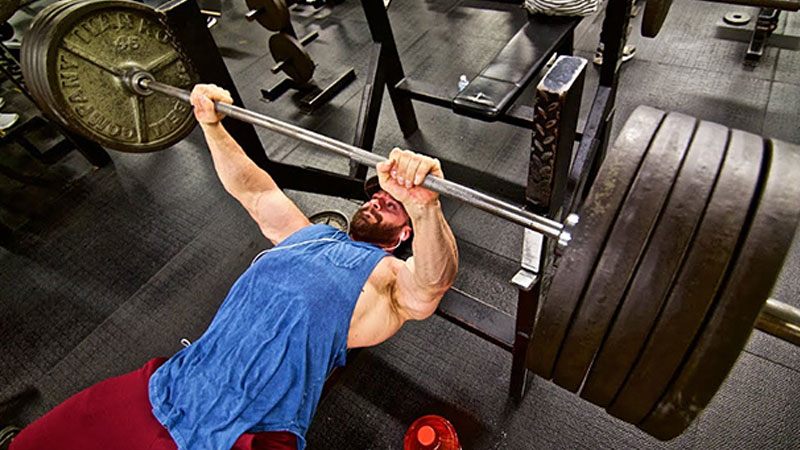
Proper Weightlifting Form: The Bench Press
It’s the only upper body lift on our menu for today; the bench press.
Everyone wants a bigger bench – and if you say you don’t, you’re plain lying bro.
Get the numbers on the bench and you get respect. You get the fame. You get the pussy too. Do the girls care what you squat or deadlift? Nah, they wanna know what you bench.
It might look like an easy lift, but the bench press is a hell of a technical lift.
Here’s every single aspect of the bench press explained…
The set-up
You need a barbell (preferably a 20 kg Olympic bar), a bench and a rack.
You’ll also need your buddy Chad to spot you too.
In a perfect world you’d use a bar with plenty of knurling on it (the grippy stuff that stops your hands slipping). Most commercial gym barbells have seen their best days though, so you might have to make do with whatever you can get your hand on (literally).
Set the starter hooks at the right position for you. This really depends on the length of your arms.
A lot this is down to preference, but the last thing you want here is to have to complete a half rep just to collect the bar. That’s wasting energy for no reason at all.
The bar should be set around 1-2 inches lower than full extension at your elbow.
Unless you’re a powerlifter and need to optimize position, your back can be flat against the bench, or with a slight arch. Your feet should be flat on the floor to stabilize your position.
Many lifters prefer to have their feet behind their hips to help maintain a slight lower back arch. Foot drive helps contributes to overall force production, so having them in front of your body isn’t going to help much.
There’s no need to do dumb sh*t like placing both feet on the bench either.
You’ve probably seen dudes benching with a huge arch? This is just to reduce the distance the bar has to travel and therefore be able to lift more weight.
But if the goal here is to build impressive pec size, you’ll need that range of motion to tax the muscle effectively.
Grip width
Different grip widths effect which muscles are involved, and to what degree.
Research in the International Journal of Human Kinetics shows that pectoral activation peaks at around one-and-a-half to double shoulder-width.
Any wider than that and the range of motion is decreased too much to get any decent activation. If you go narrower, then your triceps become the main muscle involved.
[infobox]Bro Point: In competition, your pointer fingers can’t go past those grip rings on the bar during the bench press.
[/infobox]Lastly, the further forward the bar is, the more activation you’ll get on your front delts. If you’re pressing more or less in line with your upper chest, you’ll get minimal shoulder flexion and therefore lower activation of the front delts.
But if you opt for a pressing position which lies more in the vertical line from your mid-lower chest at the bottom of the movement, there’s much more front delt involvement.
Movement analysis – muscles involved and planes of motion
There are three major movements during the bench press.
- Horizontal flexion at the shoulder – pectorals
- Flexion of the shoulder – front delts
- Extension of the elbow – triceps
Horizontal flexion occurs when the angle of your shoulders in drawn into the mid-line of your body in a horizontal axis. It’s the movement that occurs during a bear hug or a large clapping action.
The vertical path of the bar doesn’t really affect this movement pattern as it’s in a different place of motion. But grip width does. The wider you place your hands; the more horizontal flexion takes place and the harder your pecs have to work.
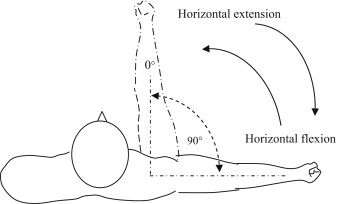
Flexion of the shoulder takes place when you raise your arm out in-front of your body.
Obviously, you’re not doing this when benching, but you are grooving the bar in a slight arc that activates your front delt. When you drive the bar away from your chest it arcs backwards slightly.
The further down your body it starts from, the wider the arc is.
Elbow extension all comes down to triceps. No matter what grip width or arc of movement takes place, your triceps are involved.
Narrower grips activate the triceps more, just based on the fact that when your elbows are in front of your body, the range of motion is increased, and your pecs can’t contribute as much.
Unracking
At this stage you’ve got the grip width set and you’re looking solid on the bench with your feet flat and your body tight AF.
You’ve unracked the bar and it now sits somewhere around mid-chest.
It’s time for your first rep.
If you’re using a spotter, you can be sat further down the bench and let them help you unrack the bar and get it in position. If you don’t have the luxury of a spotter, you should slide nearer the rack pins and unrack the bar from there.
Before you set up for your first rep, make sure your core is braced, your body is as solid as a rock and your wrists aren’t extended too far back.
Grip the bar tight to help stabilize your shoulder.
Just before you start your lift, pull your shoulder blades together slightly. Not only does this help you arch your back, it also helps you lose your lats to pin your shoulder in place and put them in a safer, prime position for benching.
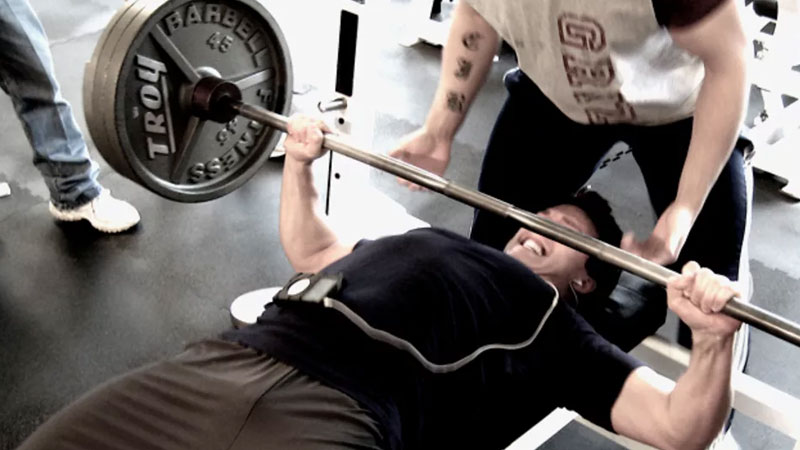
Proper lifting form – the eccentric part of the lift
You’re set. Let’s do this.
There’s one big thing to remember as the bar descends to your chest. No, not to drop it on your head. That’s pretty obvious.
It’s to think about bending the bar. It’s a cue that all the pros use to control the bar on the eccentric part of the lift, as well as to activate your upper back muscle.
When it comes to proper weightlifting form for the bench press, it’s hugely important.
The key here is to avoid ‘bouncing the bar’. Lower it under control and let your pectorals and other muscles resist the load on the descent. Aim for 2-3 seconds – that’s a good balance between control and unnecessary fatigue from a super-slow eccentric phase.
Let the bar make contact with your sternum.
Somewhere between mid-chest and the bottom of your sternum is cool. If you’ve got a slightly bigger arch, you might feel stronger contacting the top of your abs with the bar instead.
Drive your chest up as the bar comes towards your chest. But don’t arch too much.
At the bottom of the movement your elbows should be pointing at the floor. If your shoulder blades were pulled back, you’ll have a full range of motion and your elbows will have traveled in towards your body slightly.
The brief pause at the bottom
“Oh sh*t, this is heavy”.
Chances are that’s what you’re thinking right now as that heavy-a$$ bar contacts your chest.
This isn’t a place for the bar to rest while you take a breather. It’s just a way to reduce any momentum from the bar before you begin the ascent back up to the top.
Pausing for no more than 1 second is absolutely fine here. Any longer and it’ll sap your energy.
In powerlifting comps you have to visibly pause long enough for the head judge to give you a ‘press‘ command.
The all-important ascent
You’re nearly there. It’s time to get that bar back up to the top and chalk up a PR.
So far, you’ve been pretty reserved. Almost gentile in how you’ve controlled the bar. Now it’s time to rip that muthaf*ckers face off as you drive it upward with everything you’ve got.
You’re not concerned with control here.
The aim is speed, force and velocity. But obviously you need to maintain proper weightlifting form throughout or things will go south very quickly.
If you use your legs and hips to initiate the drive that’s all good. But the main thing here is focusing on drive your elbows from your sides so that you can bring the bar in line with your chest again.
The rep is finished when you lock out at the top. Maintain your arch and keep your body rigid throughout. There’s no need to protract your scapula (push your shoulders forwards and round your shoulder blades).
Once you’re at the top you can either rack the weight or go again for more solid reps.
[infobox]Bro Point: Holding your breath during the ascent helps to increase intra-abdominal pressure and force production. Don’t release it until you’ve locked out at the top.
[/infobox]Summary – Proper Weightlifting Form for the Bench Press
There you have it. One badass bench press from start to finish.
Nailing the form and technique gives you the best opportunity to build respectable muscle mass and the strength of a well-conditioned athlete.
Part 2 on how to squat with proper weightlifting form is coming real soon so if quad goals is your game, keep your eyes peeled.
Where next?
Check out Part 2 of our weightlifting with proper form series: The Squat or Part 3 on how to deadlift with proper weightlifting form.



